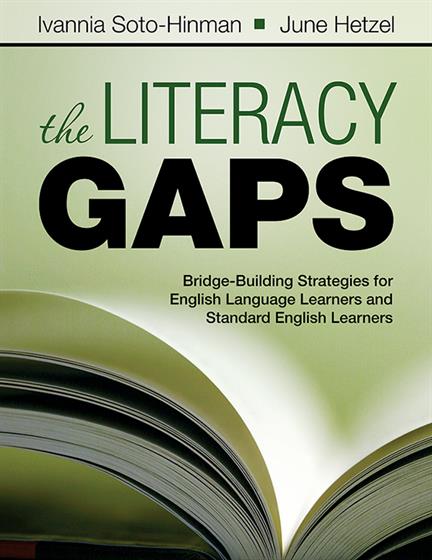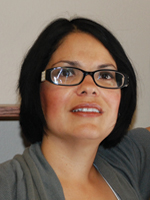
Hands-on, Practical Guidance for Educators
From math,
literacy, equity, multilingual learners, and SEL, to assessment, school counseling,
and education leadership, our books are research-based and authored by experts
on topics most relevant to what educators are facing today.
The Literacy Gaps
Bridge-Building Strategies for English Language Learners and Standard English Learners
The authors provide strategies, examples, and tools to address the gap between ELLs and texts, socio-cultural differences between teachers and ELLs, and language differences between ELLs and peers.
Product Details
- Grade Level: K-12
- ISBN: 9781412975216
- Published By: Corwin
- Year: 2009
- Page Count: 272
- Publication date: June 11, 2012
Review Copies
This book is not available as a review copy.



